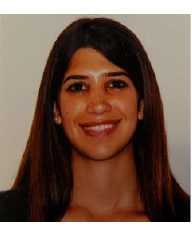The forthcoming era of energy systems, propulsion, space re-entry vehicles, and nuclear reactors points to structural materials that can withstand increasingly extreme thermal environments. Body- centered cubic (BCC) refractory alloys are attracting renewed attention owing to the nature of atomic bonding and internal plastic dissipation pathways, yet at ambient conditions, they tend to exhibit ceramic-like behavior characterized by low toughness and ductility. The design of metastable BCC refractory alloys using oxygen interstitials can potentially unlock properties pivotal for advancing sustainability in harsh environments. While recent research has explored emerging properties from chemical short-range order and the considerable solubilities of interstitials in BCC refractory multi- principal elements (MPEAs), the focus of this talk is on interstitial engineering (i.e., needing only relatively dilute concentrations) to guide directed phase decomposition pathways. The concept of interstitial engineering emanates from oxygen-induced immiscibility, yielding spinodal decomposition with nanoscale compositional undulations and an emergent dual-phase lamellar structure templated by the spinodal features. O-mediated microstructures reveal strength and damage tolerance reminiscent of advanced steels with the potential for high-temperature structural integrity. Understanding, and ultimately taming phase decomposition pathways could open avenues for innovative material design strategies, particularly in emerging manufacturing routes that utilize powder feedstocks inherently exposed to ambient gases.

Ravit Silverstein is a research scientist in the Materials Department at UCSB, where she oversees the Microscopy and Microanalysis Facility. She earned her Ph.D. in 2016 in Materials Engineering from Ben-Gurion University, in tandem with her position as a research associate at the Applied Physics Division, Soreq Nuclear Research Center, Israel. Following that, she was a post-doctoral fellow in the Materials Department at UCSB from 2018 to 2021. Her research focuses on developing innovative design paradigms based on metastability, and pioneering processing approaches through metastability pathways, utilizing techniques such as spectroscopy, 4D-STEM, and in situ SEM/TEM experiments, along with the development of novel characterization modalities.
